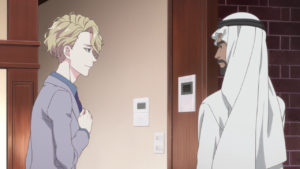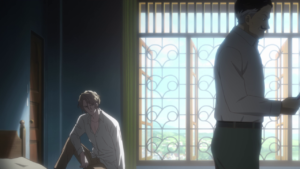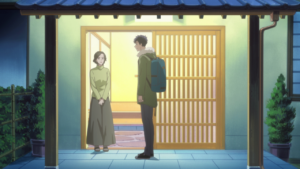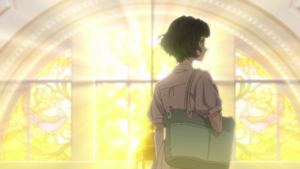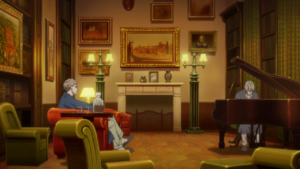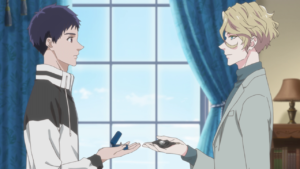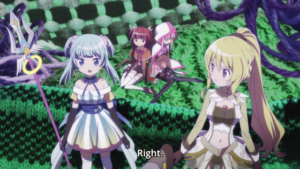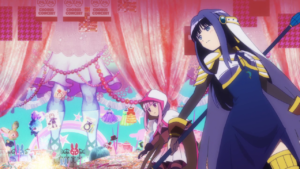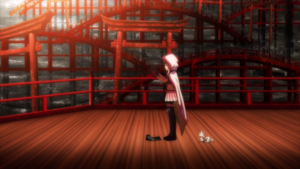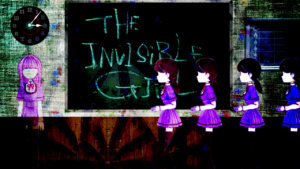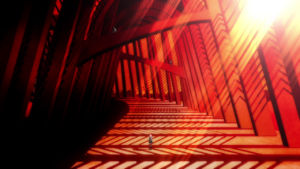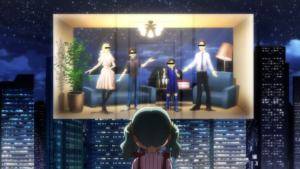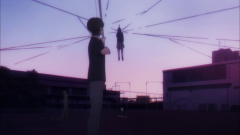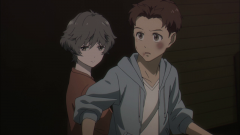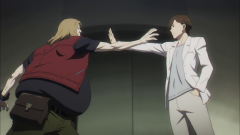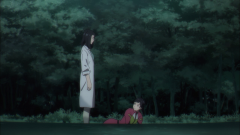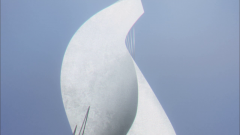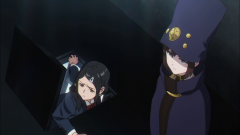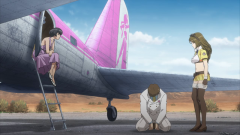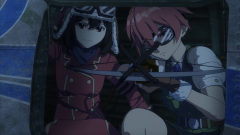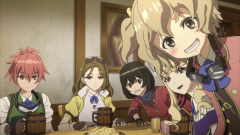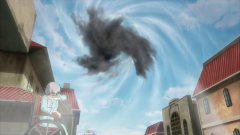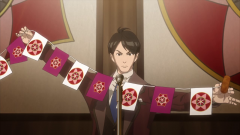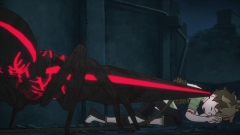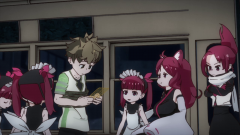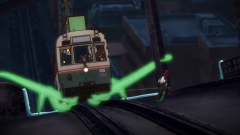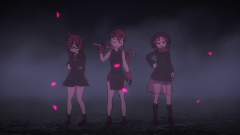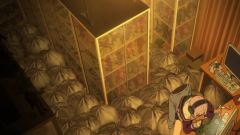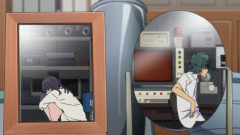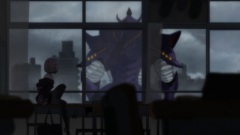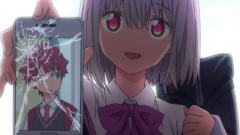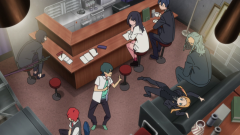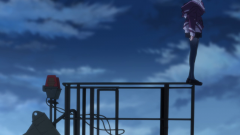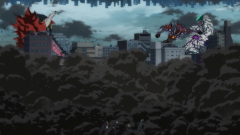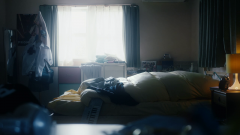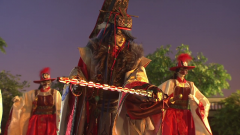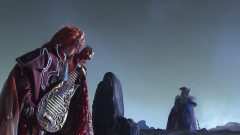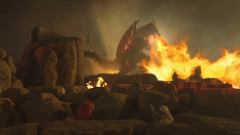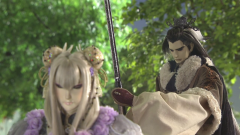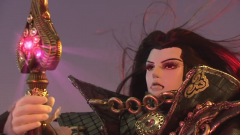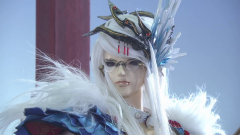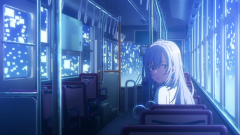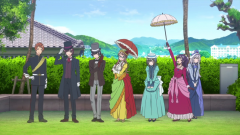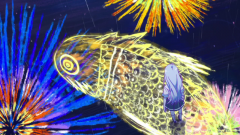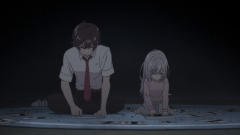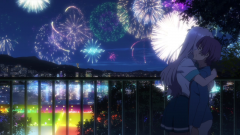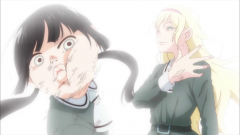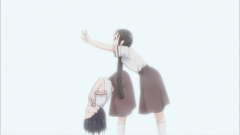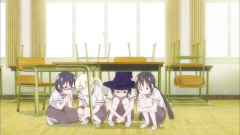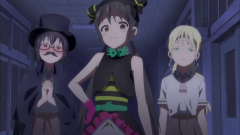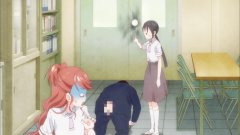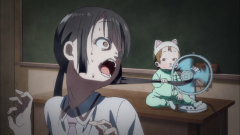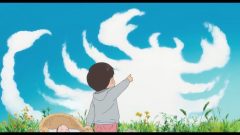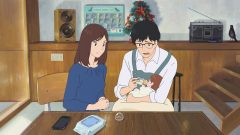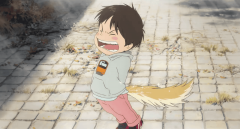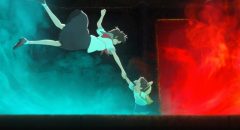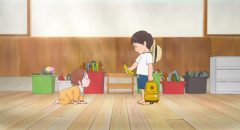Let it be known that I’ve never been a fan of Trigger. For me, they’re one of the most style-with-no-substance studio on Earth with a tendency for god-awful fanservice, and total nonsense in terms of story and characters. Yet GRIDMAN completely caught me off guard in the first two episodes, and from there, there was never a dull moment. On the surface, it shares many of the studio’s (good) trademarks: an unconventional storytelling, bombastic action sequences and and eye for arresting visual. Yet its approach is completely different that the visual approach becomes a character of the show itself. On the next surface, GRIDMAN is a love letter to those tokusatsu shows, the Gridman franchise and even Transformers franchise that we see the sheer love from the staffs to all these homages. While you don’t need any of prior knowledge in order to follow this show, the ones who do know about these homages might enjoy the show more wholly. For my money, along with Revue Starlight, GRIDMAN is one of the best visual directed anime this year 2018 has to offer. A visual where not only it’s striking to look at, but also support its themes and laid out many small details about its world-building.
The main vibe GRIDMAN offers in the first few episodes lie in how offbeat everything happens on screen is. Character waking up with an amnesia; there are kaiju monsters standing motionless in the background. The school appears to be normal a day after its destruction. This offbeat sense could very well turn many viewers off, but not until later do we find out about the truth of this world and its characters that everything starts to fall into place and its visual choice starts to make a whole lot sense. If I have to point out another quality of GRIDMAN, that would be there’s a clear line between “minimalistic” and “going all out”.Usually, the battle scenes go is bathed with its bright color, dynamic CG sequences and epic feeling, but in its quieter moments (which usually happening ⅔ of the episode), it goes for saving-energy mode: minimal music, repetition shots, realistic dialogues, “camera” is in static mode. This is a bold choice since clearly dividing its segments like that would cause a tonal inconsistency or even not holding audience’s attention at all, but it’s a rewarding one because GRIDMAN creates a real sense of its mysterious world that feel wholly unique and unforgettable.
Some could argue that because of these clear dividend, GRIDMAN is a show of two halves: its mundane slice-of-life half through the point of view of Rikka, and its Gridman vs Kaiju monsters origins narrated by Yuuta. In fact, part of the claim is true. Looking back, GRIDMAN doesn’t seem to have a clear protagonist, as we were introduced to this world through Yuuta’s eyes, himself is a blank state, then all the emotional core is progressed through Rikka as she goes through her normal life and then the show leaves its climax arc to Akane, her God-like status and her existential crisis. Not all of these work well (Yuuta’s part is clearly GRIDMAN’s weakest part), but I’m surprised that this show brings another level of complexity to Rikka and while I’m a bit let down by the ending, the dream episode remains the best episode I’ve seen in 2018, and the single sequence of Akane jumping off the crane remains one of my favorite scene of the whole year.
GRIDMAN is also one of these shows where it embraces “show, don’t tell” school the the fullest. The visual style always give the sense of scale between the characters and how huge the kaiji monsters are. It features many distorted lenses, further informs us visually that the world these characters inhibit in are not necessary real. Most impressive of all, in my humble opinions, is how the show uses the distance between its characters to signify their chemistry. The best examples of this approach is Akane and Anti’s relationship, where you can see the clear distance, most of the time Akane is in higher position, looking down at Anti. In addition, My favorite one is in episode 3 that details Rikka and Shou’s getting sucked into their own misery. The visual framing, which frames these two looking different ways through mirror is the textbook example of how to inform character’s inner struggle purely through visual alone.
This show is also in love with putting as many details in its world-building, a bit obsessively like the way Wes Anderson usually spend to his worlds – mostly through the objects that surround the characters. While these details might not necessary relevant to the main plot, uncover these Easter eggs might prove rewarding and might open up to more interpretation this show aims to be. This is the show that the more you dig into it, the deeper the Rabbit hole goes, but damn I really do prefer if the show confirms some of its theory. The live-action sequence at the very end of show, for example, nicely sum up this show thematically, at the same time raising a hell lot of ambiguity to the table.
And for me, that is exactly the kind of anime I’m yearning for. It might not be perfect, it might be for an acquired taste (although I heard that it sells surprisingly well in Japan), it might not wrap up the best way it can, but it never afraid to take risk and ultimately it comes off as its own thing. I sure hold Akira Amemiya in high regard now.

